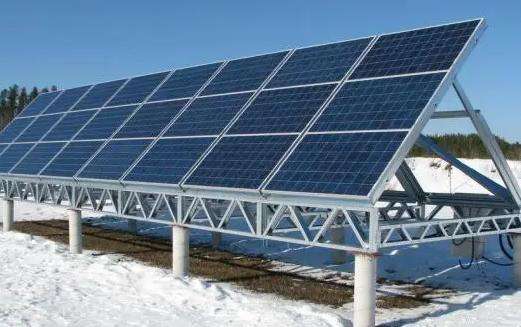The inlet air temperature is the ambient temperature; the outlet air temperature should not exceed 40°C.
According to international technical requirements, the operating ambient temperature of the generator is defined as 40°C. All designs and powers are based on this ambient temperature. For generators, the ambient temperature is the inlet air temperature of the generator. Since the generator works together with the diesel engine, the heat generated by the diesel engine will cause the temperature in the entire space to exceed 40°C.
The ambient temperature of the generator during actual operation should not exceed 40°C. If the actual ambient temperature exceeds 40°C, the generator should run at reduced power. For the ambient temperature, if it is lower than 40°C, the power of the generator can be greater than the rated power.
Extended information:
1. Check that the internal combustion engine and the transmission part of the generator should be connected reliably, the wires of the output line should be well insulated, and all instruments should be complete and effective.
2. After starting, it should be run at low speed for 3-5 minutes. The operation can only be started after the temperature and oil pressure wheel are normal. There should be no abnormal noise when the generator is increasing in speed, the slip ring and the brushes on the commutator should be in good contact, and there should be no jumping or sparking.
3. Before stopping, you should first cut off the main switches of each power supply branch, gradually reduce the load, cut off the main power supply switch of the generator, and return the excitation rheostat to the maximum resistance position to reduce the voltage to the lowest value. Cut off the excitation switch and neutral point grounding switch to stop the internal combustion engine.
Baidu Encyclopedia - Generator reverse power
Inspection of the steam turbine body (1) Front box: turbine total expansion indication, return oil temperature, return oil volume, vibration condition , synchronizer position, oil engine position wheel rotation angle, whether the adjustment valve is stuck, and whether the oil engine rack is working properly and clean. (2) Bearings: oil return temperature, oil volume, vibration conditions of all bearing bushes, and whether the oil damper is leaking. (3) Cylinder: shaft seal steam supply, unit operating sound, relative expansion, exhaust cylinder vibration and exhaust steam temperature. (4) Generator and exciter: inlet and outlet air temperature, cooling water pressure, temperature of each cooler, sealing tile oil pressure and return oil temperature, return oil volume, whether there is oil leakage in the casing, double water internal cooling generator shaft end inlet Water pressure and presence of leaks. (5) Turning equipment: The handle should be placed in the exit position, and the working power supply should be confirmed to be normal. (6) Automatic main steam valve: main steam valve position indication and whether the cooling water is flowing smoothly. (7) Main dial: pressure and vacuum indication values of steam, water, and oil systems, relative expansion difference, and axial displacement indication. (8) Hydrogen plate: hydrogen pressure, sealing oil pressure, hydrogen leakage, and working conditions of differential pressure valve and balance valve.














